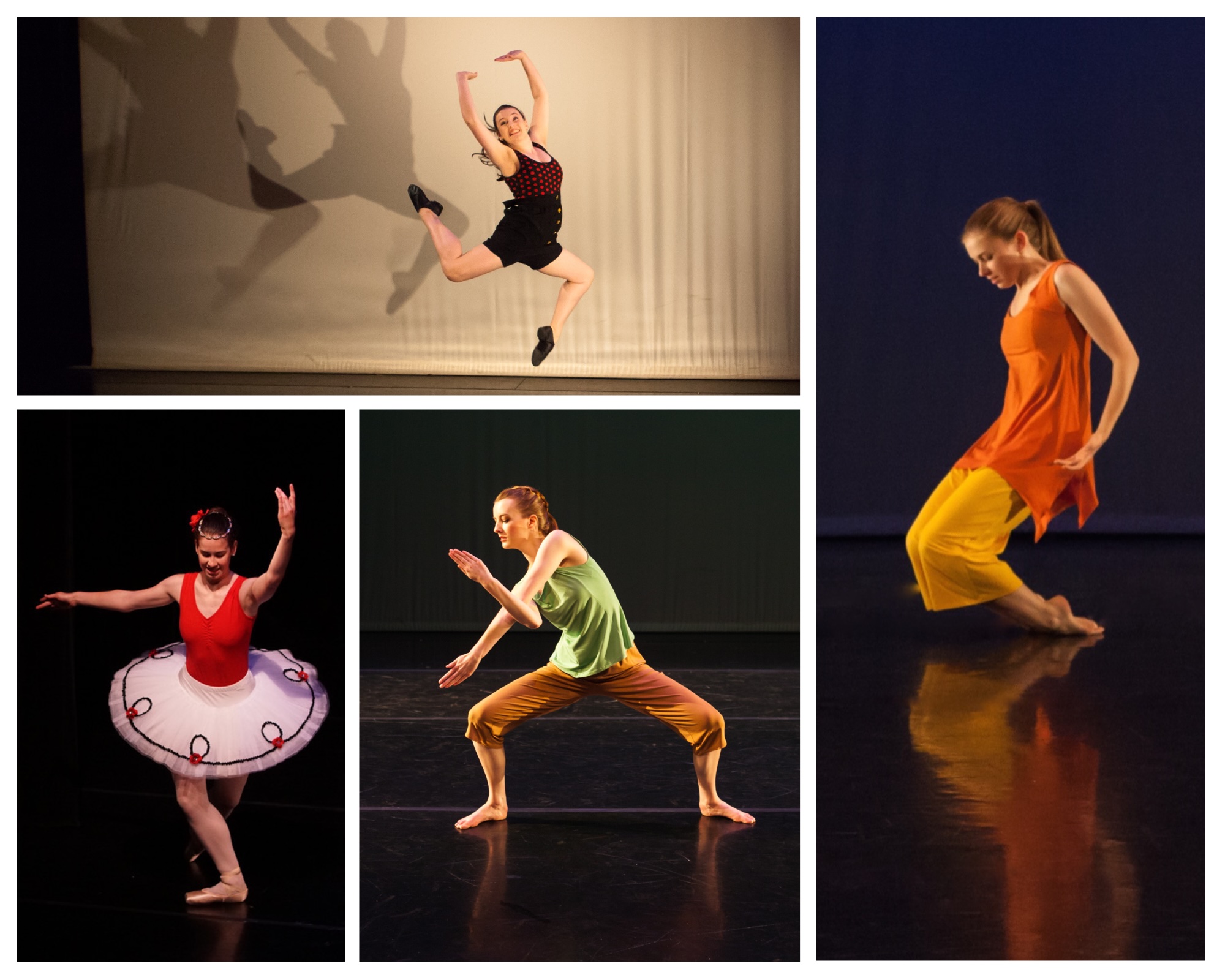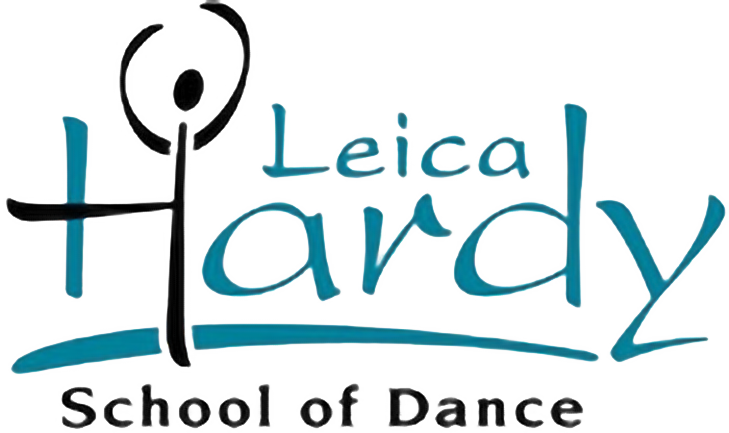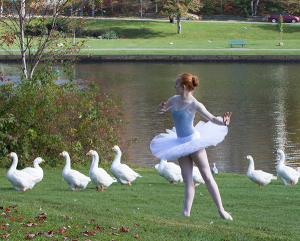
Definitions of Form & Function
The Merriam-Webster dictionary defines function as “the special purpose or activity for which a thing is used”. The same dictionary defines form as “the shape of something”. These definitions can be applied to dance technique very directly. Are we teaching and learning the functional purpose of a plié, or are we merely creating angles in our legs by bending and straightening our knees?
Steps can be taught as function or form.
The first tactic is it’s function, the later only its form. Keeping that in mind I would contend that learning the function of a position or movement principle will lead more consistently to a technically sound form. If it is only learned as a “step” or form, it will not necessarily become functional in its execution when used in various situations or applications.
Form Follows Function
The phrase ‘form follows function’ is attributed to the architect, Louis Sullivan, who first used it in an article in 1896. It is a principle associated with 20th century architecture and design, expressing the idea that the shape or form of a building or object should be primarily based on its intended purpose or function. This is a very apropos concept when applied to dance technique.
All techniques will have their fundamental movements and positions that form the core of their technique. I don’t think anyone would disagree that sound functional plié and battement tendu are critical for students in classical ballet or other western performance dance forms. Students must have strong alignment, correct muscle patterning, aesthetic line, effective use of energy and functional tension. Out of those things the form of the plié and battement tendu will emerge and provide the foundation for all other movements that follow, building technical facility into the body of the student.
Function first, form second.
So I weigh in and agree with Louis Sullivan. Form follows function. Do this and the emerging dancer will have greater skill, ease of movement, healthier physical development and will have the necessary tools to become an expressive dance artist.
Photos by Cathy McKelvey of dancers using demonstrating the verb plier (to bend) in both form and functional positions. Dancers: Mackenzie Tomlin (bottom left), Rebecca Wolfe (top left), Michelle Lehman (right), and Emma van Zeumeren (bottom centre).
_________________________
About the Author
Leica Hardy is a nationally respected master dance teacher with over 45 years of experience, known for her inspiring instruction and dedication to excellence in classical ballet and contemporary dance. An Honorary Doctor of Fine Arts and co-author of the Society of Classical Ballet’s 14-level syllabus, she has mentored students who have gone on to study and perform with leading dance institutions and companies across North America. See Leica’s full bio here.
Subscribe
Subscribe to Words To Dance By joining our mailing list. Please use the button in the sidebar to send us a message.
Copyright
All content on this blog are original copyrighted material, unless otherwise stated. Content on Words To Dance By may not be reproduced in any form without written permission by the author. We welcome the use of links to the original posts on this site. Correctly cited and attributed quotes or short excerpts are welcomed and appreciated.

